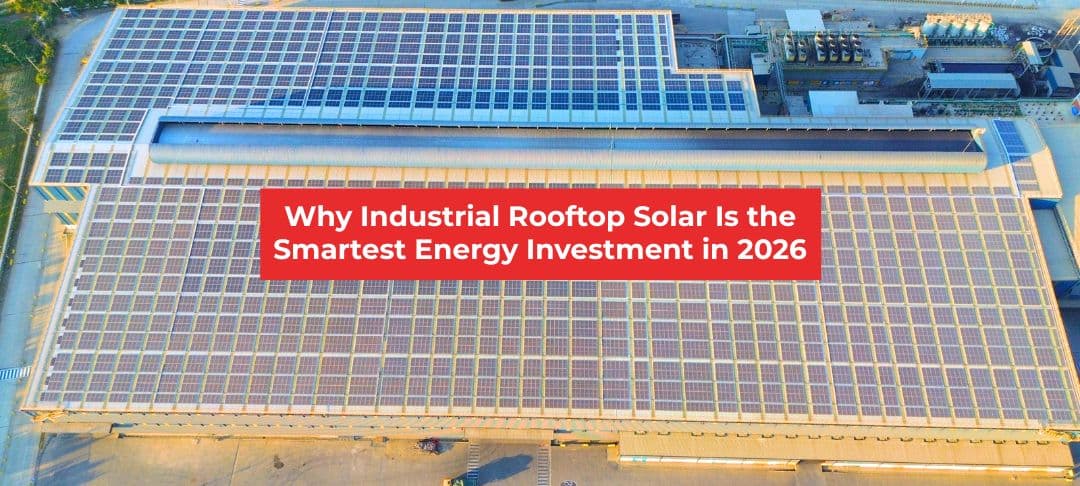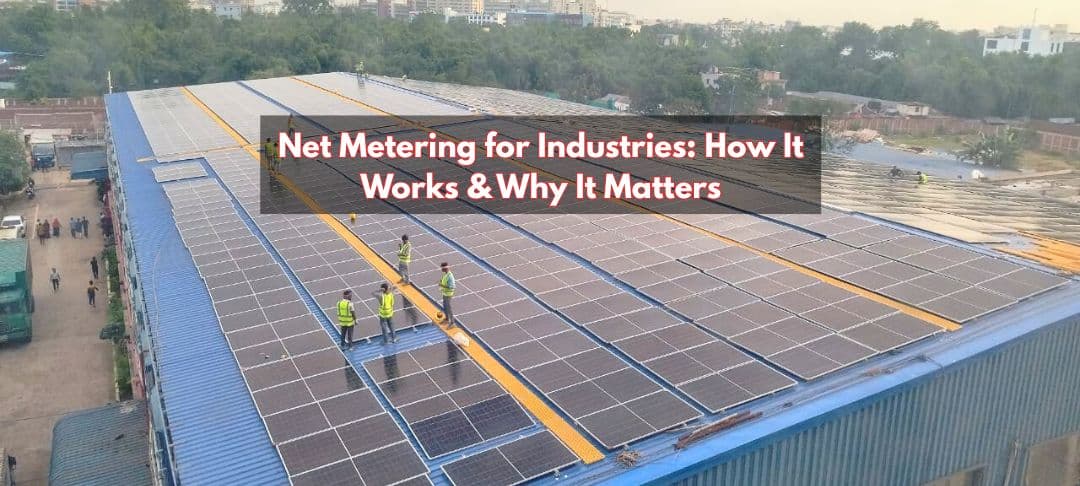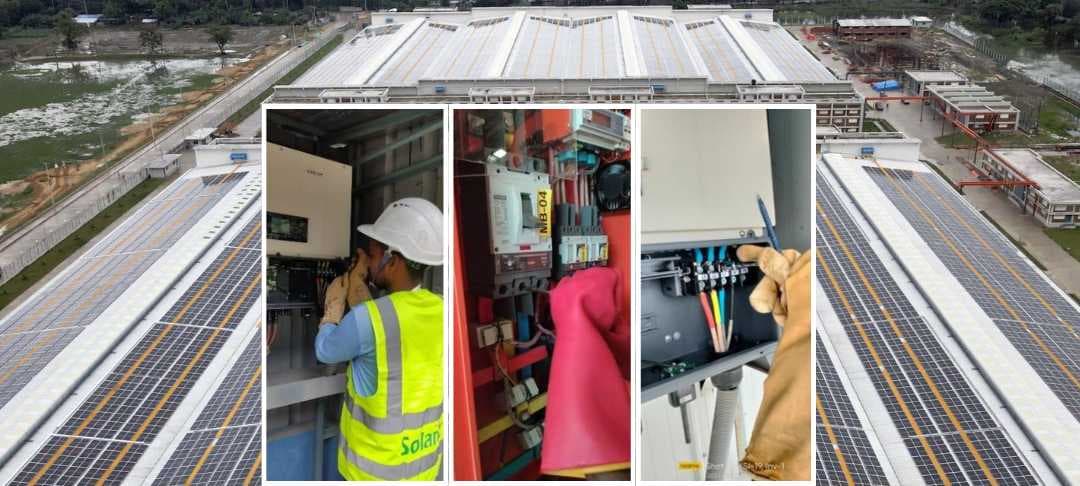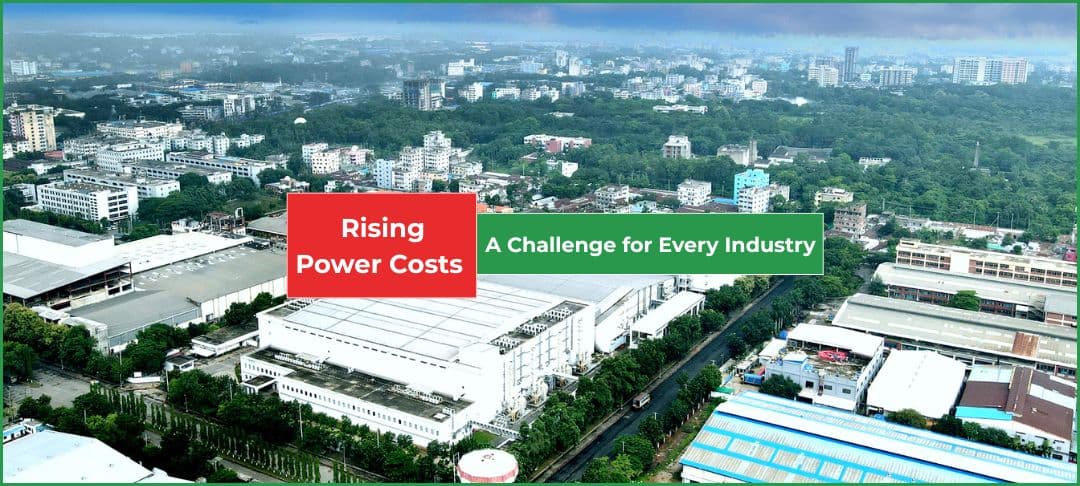Does a Solar PV System Produce the Same Energy Output Throughout the Day?
Published at - September 09, 2021
Solar energy is renewable, sustainable and environment-friendly. It is often considered as the best alternative to fossil fuel which is non-renewable and often cost more. However, some difficulties, as we have mentioned in the previous articles, may occur while installing and using solar energy. As the solar plant produces electricity using solar energy, it is inefficient at night time. Also, bad weather and geographical adversity may hamper electricity generation. In this article, however, we shall focus on a different set of questions- Does a Solar PV System Produce the Same Energy Output Throughout the Day? Centring on this question, we must ask some additional questions, like- How much solar energy does a panel produce a day? What happens on cloudy days? And is the PV cell reliable for generating electricity 24 hours a day?
What is a PV cell?
PV cell or Photo-Voltaic cell is a technology that harvests energy. It uses the Photovoltaic effect to convert solar energy to useful electricity. The basic mechanism of a PV cell uses semiconductors such as silicon to interact with incoming photons from the Sun. Photon knocks an electron out to produce electric current flow. When a photovoltaic cell is exposed to sunlight, the photovoltaic effect occurs, which generates a voltage or electric current in the cell. These solar cells are made up of a p-n junction, which is made up of two different types of semiconductors: p-type and n-type. As electrons flow to the positive p-side and holes move to the negative n-side when these two types of semiconductors are joined, an electric field is created in the junction region. Negatively charged particles flow in one direction and positively charged particles move in the opposite direction as a result of this field. Photons, which are tiny bundles of electromagnetic radiation or energy, make up light. When photons of a specific wavelength strike these cells, their energy is transmitted to an electron in the semiconducting material, causing it to leap to a higher energy state known as the conduction band. These electrons are free to flow through the material in their excited condition in the conduction band, and it is this motion that generates an electric current in the cell.
How Much Electricity Does a PV cell produce?
Photovoltaic (PV) solar panels that are most commonly used in residential areas, can generate 150 watts to 400 watts of electric power per hour. However, it depends on the panel size and efficiency and also on the exposure to sunlight. Silicon makes up about 90% of all cells and panels. They have a 0.4 to 0.6 V open-circuit voltage. Often the solar panels are classified according to the power they produce. There are 1kW and 2kW solar panels, which are the smallest options, and 3kW and 4kW solar panels which are more expensive, space-consuming but more effective options. 15x200W solar panels or 12x250W solar panels are typically used in a 3kw solar power system. A 3kW system will generate around 2,500kWh of electricity each year. The production of usable electricity of a PV cell depends on the quality of a PV cell. The latest technologies can grant high efficiency but at the same time, they are costly. Therefore, your purpose in installing the solar panels will determine your decision. If the panels are used as a secondary power source, you might want to go for a cheaper option. However, if you are installing solar panels as a primary or the only source of your power, you should choose the most reliable and efficient option.
Does a Solar PV System Produce the Same Energy Output Throughout the Day?
No, it does not. The reason is simple. The exposure to sunlight may vary and also the temperature changes. Your solar system normally wakes up at around 6 a.m. and goes to sleep at around 6 or 7 p.m. since solar PV is based on the intensity of sunshine it receives. The energy production progressively climbs until it peaks around midday, then gradually diminishes as the Sun sets. Between 11 am and 4 pm is the best time for the solar panels to perform. The change of temperature may increase or decrease the efficiency of solar panels. Between 15°C and 35°C, solar panels are most efficient. As the temperature rises, the solar panel's efficiency decreases, and it produces less energy. The amount of efficiency loss is determined by the type of solar panels used. Generally, the temperature rises during midday and excess heat may reduce the electricity generation. However, as the sun also shines to its brightest at midday, PV cells may produce more energy during that specific period of the day.
What happens on cloudy days?
Solar Panels work perfectly on cloudy days. It just produces less electricity than normal sunny days. On a cloudy day, solar panels will yield around 10% – 25% of their regular power production, according to estimates. Solar panels do not perform as effectively in rainy or overcast conditions. Again it depends on the condition of the day and the sunlight the panels are receiving. Not necessarily sky overcast with clouds blocks all the sunlight. Clouds, in rare situations, can actually improve panel performance over ordinary sunny weather. A cloud can reflect or even intensify sunlight, resulting in more power being produced by your solar panels.
What Happens if it Rains?
Rain alone is not responsible for the reduction of the power generation of your panels. Light rain will not hamper the generation of electric power. However, if the sky is overcast with thick clouds and the clouds bring about heavy raindrops, solar power generation may reduce.
What Can We do to Get Maximum Efficiency?
Certain things can be done to get the maximum efficiency from solar panels. They are,
- Installing the panels in such a position that they can get maximum sunlight. The trick is to place the solar panels in the best possible position.
- A grid-connected solar PV system may be helpful. Whenever the generation of power reduces, electric supply from the national grid will cover up the deficiency.
- Also, additional battery support may be added. The battery will recharge when the solar power production is at its peak and will provide electricity when the power generation is reduced. Energy will be sourced from the storage battery in the case of an off-grid system with battery backup.



